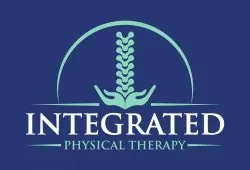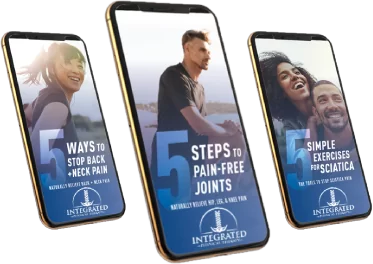Scarring is natural but that doesn’t mean it isn’t frustrating. When the body heals from a surgery, it is not uncommon for a scar to form. Depending on the area of scarring, this can lead to physical limitations and feelings of insecurity in a patient. Fortunately, there is a solution to treating scars with the help of physical therapy.
Our physical therapists can provide you with the care you need for helping relieve your scarred areas. If you have recently formed a scar in an area that was surgically repaired, don’t hesitate to contact Integrated Physical Therapy today.
How can I relieve my post-operative scarring?
It is important to note that there are several stages of scarring. Therefore, the way your scar looks now may not be how it will look once it is completely healed.
It is normal for a scar to become enlarged and redden in the first 4-6 weeks after a surgical procedure. This alarms many patients and is often mistaken for an infection. However, it is simply the body’s natural way of healing itself.
After this phase, the scar should become smaller or paler in the next 2-3 months. Once it is finally healed, the scar should become soft, and it may even return to your natural skin color.
Our physical therapists can help you speed up this healing process, so you do not have to wait several months for your scar to heal. According to the American Society for Surgery of the Hand, some of the most effective tips for scar care include:
Massaging the scar
Our physical therapists are highly experienced in performing targeted massage to affected areas. Massage can help decrease the sensitivity you feel in the scarred area and loosen up the deep scar tissue. You can also help do this on your own by massaging over-the-counter natural creams onto the scar.
Relieve scarring with Integrated Physical Therapy today:
When your body is healing from a surgical scar, it is important to make sure the affected area is able to function at its optimum levels. Our physical therapists can also help implement controlled exercise programs early on in your recovery period, in order to improve your flexibility, range of motion, and overall mobility.
Not only do stretches and strengthening exercises help a patient regain mobility, it allows a trained medical professional to regularly view the area in question. Problems with an incision or wound can be spotted and addressed by your physical therapist long before they are severe enough to bother you. Physical therapy can also speed your recovery along as you strengthen surrounding muscles, learn compensatory strategies in the short term, and begin reusing the scarred limb or joint to its full potential.




